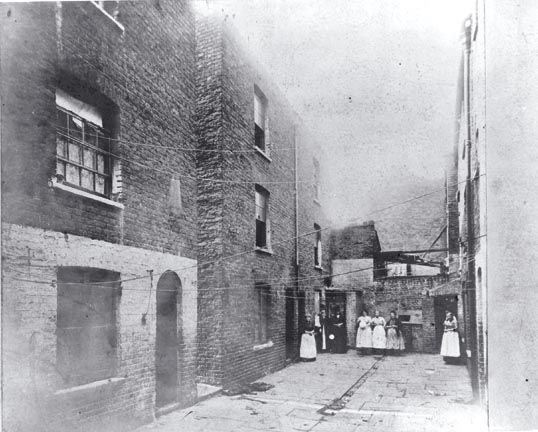
The Boundary Estate, once a notorious Victorian slum in London's East End, became the world's first council estate in the late 19th century. The area, known as the Old Nichol, was plagued by
appalling living conditions and extreme poverty. Its squalor and crime-infested streets were depicted in Arthur Morrison's novel, The Child of Jago, published in 1896. In an effort to address the dire situation, the London County Council controversially demolished the slum and replaced it with the Boundary Estate—a vast development between Shoreditch High Street and Bethnal Green Road.
Constructed in 1899, the Boundary Estate aimed to provide new homes for the impoverished residents. The estate featured innovative amenities such as shops, a surgery, and two schools, named Rochelle and Virginia Schools, which still exist today. However, the relocation process displaced many former Old Nichol residents, and only 11 of them were eventually housed in the new estate, according to the Bethnal Green history site. Despite this, the picturesque red brick mansions of the Boundary Estate, now Grade II listed buildings, have endured for over a century.
While most flats in the estate remain under council ownership and are let by Tower Hamlets borough, the neighborhood has not been immune to the rise of short-term rentals on Airbnb. Situated near the vibrant Shoreditch area, renowned for its bars and clubs, the Boundary Estate has become an attractive location for tourists. Savvy landlords are capitalizing on this demand, renting out their properties to those seeking a lively weekend experience.
Like many other parts of London, the estate has seen an increase in short-term stays in recent years. Some locals acknowledge that the community has undergone changes over the decades, including the erosion of its sense of community due to gentrification. However, not all residents resent the evolving character of the area. Despite describing weekends as feeling "like Glastonbury," with festival-like vibes and bustling crowds, they appreciate the unique atmosphere.
Aimee McWilliams, a long-term resident, notes, "On a Sunday, it feels like being at Glastonbury from a festival vibe of people and crowds." Josh Brind, another resident, adds, "It still holds a sense of community, it does, it's still a nice area to live in and there are nice people around here. It's just a prime location and a bit nutty on the weekend around here."
While concerns about Airbnb's impact on local communities have emerged in other parts of the country, Boundary Estate residents believe that the presence of Airbnb rentals within the estate has not significantly affected their quality of life or community spirit. They attribute the changes to the popularity of Airbnb but stress that it is not a widespread phenomenon.
Although the transformation of the Boundary Estate from a Victorian slum to a hub of short-term rentals may have altered the neighborhood's dynamics, the area still retains a distinct charm and continues to be home to a diverse mix of residents. Photo by SasiSasi at en.wikipedia, Wikimedia commons.




































